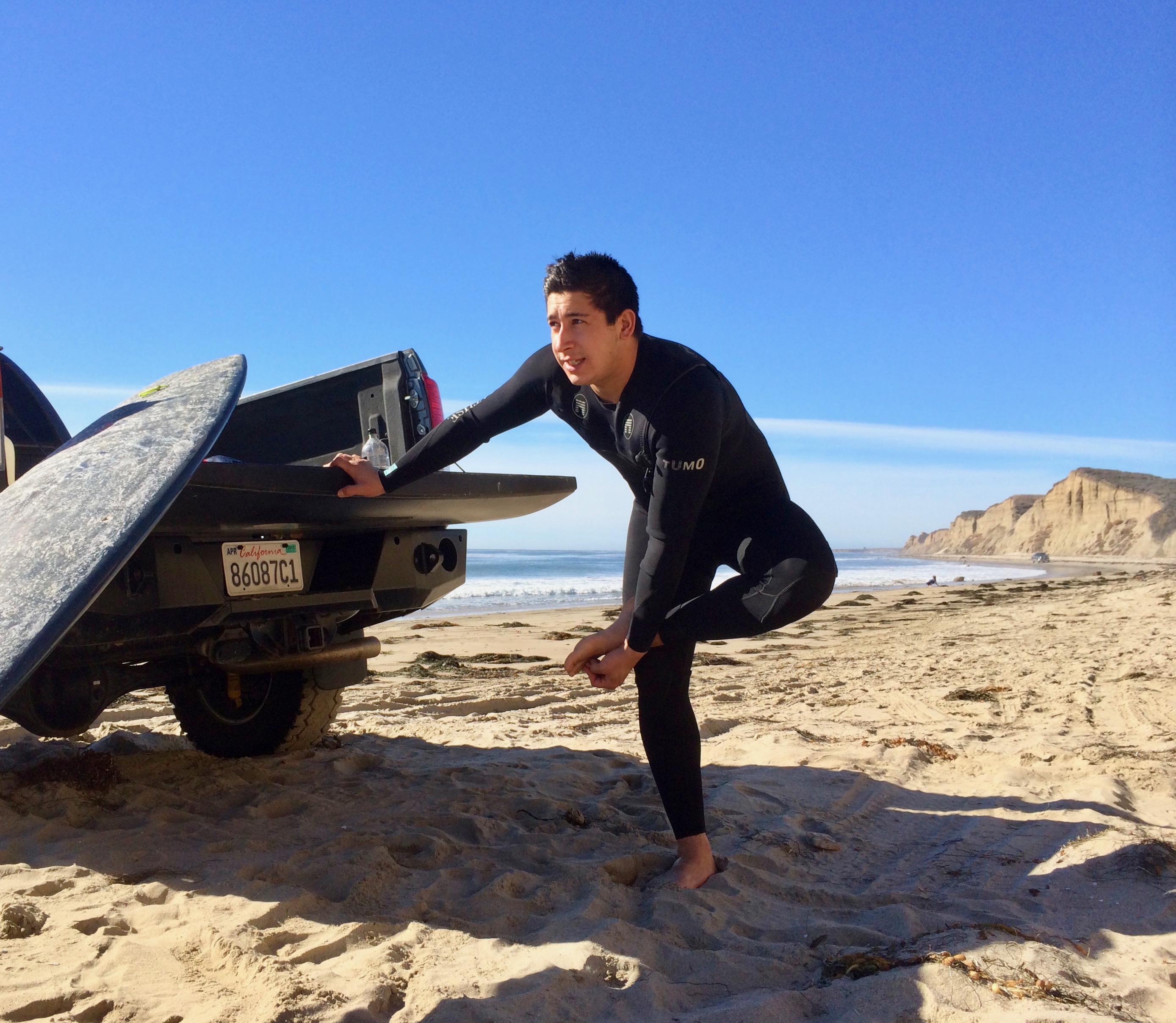Sam Mott died in a tragic accident shortly before his 31st birthday. Word spread quickly, and a group of people gathered spontaneously in front of his house in town. They stood in the street as the day turned to night. Many of the people there were neighbors who had lived on the block much longer than Sam. As they talked, they realized that Sam knew every one of them very well, though they did not know each other.
He had spent time with his neighbors, listening to their stories, helping them out when he could. There was a lonely man dying of cancer whom Sam visited regularly to keep him company. There were two nurses he drank rosé wine with on their porch sometimes after they got home from their shifts at the hospital. There was a young boy who grew to love cars because Sam loved cars and he would let the boy play in the ever-changing collection of vehicles parked around his house.
He liked people and had many friends, some very close. Sam was a devoted son to his mother Kappy, and to Guy Holmes, who helped raise him.
Because she was fascinated with the Arctic, Sam took his mother on a trip to Greenland, where they saw things that few people will ever see. They walked on the ice sheet and flew over turquoise-blue rivers racing to the sea. They took a boat to icebergs and crawled out on one together. They saw muskox, sled dogs, and played soccer with young Greenland children. They landed at a bay north of the Arctic circle and swam out to a rock in the middle of it, a rock that maybe no one had stood on before and maybe never will again. Sam filled water bottles from a river on the icesheet, happy to be drinking water from just-melted ice emerged after being buried millions of years ago, actually “bottled at the source” he remarked.
I met Sam when he applied to be an art student at UCSB’s College of Creative Studies. I was on the admissions committee and thought his portfolio showed a lot of promise. It did. He made some remarkably individual and sophisticated paintings right from the start. On one side of his family were architects and artists. Sam had that understanding of design and aesthetics that can come from growing up with serious art as part of your daily life.
On the other side, the Mott family is known for philanthropy, and that is another part of Sam’s background, and legacy. The Charles Stewart Mott Foundation was founded in 1926 by Sam’s grandfather. Sam’s father supported political and social causes that placed him on Nixon’s enemies list.
Sam supported nonprofits, but he also gave directly to individuals he knew or met in his community. He believed in helping people in need, but he also enjoyed creative gift giving. He paid for medical care for people who could not afford it. He bought new trucks and cars for low-wage workers on crews that worked on his properties. There are many stories about his generosity. He liked searching for and giving people the best. I heard of a kid who saw a photo of Sam and said, “I know that guy. I was in line at the Apple store to buy a new iPhone when it first came out, and he paid for everyone’s in line.” He liked to give people things that they may not otherwise be able to enjoy. Like a designer handbag for a girlfriend’s mother, an expensive camera for a Hollister Ranch gate guard interested in photography, or trips to NBA finals games for groups of friends. He was fascinated by great athletes and once asked Michael Jordan if he could touch his head; Jordan let him. Sam started a company to design and donate sustainable streetwear to worthy causes. The goal was not to make money, but to give back.
He was handsome and athletic; he had great enthusiasm for life. He was self-confident and did not search out the spotlight, though his personality and acts were luminous, and sometimes larger than life.
Sam had an unusual visual memory. It once helped me rescue some students from a risky situation. I was teaching a landscape painting class. We were camping in a valley with poor dirt roads and no lights. A student called my cell for help. Their car had broken down, and she had hiked to the top of a hill to get reception; her battery died while we were talking. It was getting dark. Sam overheard the conversation and said he could help because he always memorized the tire treads of the of the cars where he was. He was a student, and I did not know him very well then. I thought he was joking, but with a flashlight we followed the tracks of the lost car and found the students before anything bad happened. There are many stories like this about Sam.
When he turned 18, he got a tattoo on his arms that said, “Let us be known by our deeds.” He wanted his family to be proud of what he did.
There is a theory that those who die young often live fast, full lives, as if they have a premonition of their limited time. Sam’s nickname as a kid was Dash; his life was short, but it was a bright light for many people. One of the neighbors standing in front of his house said, “We saw a meteor.”

